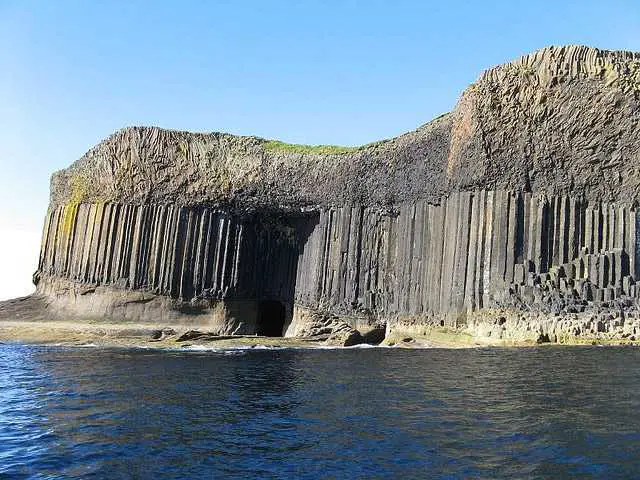Wondermondo 🢖 World 🢖 Wonders of Europe 🢖 Wonders of the United Kingdom 🢖 Wonders of Scotland
Territory
Wonders of Scotland
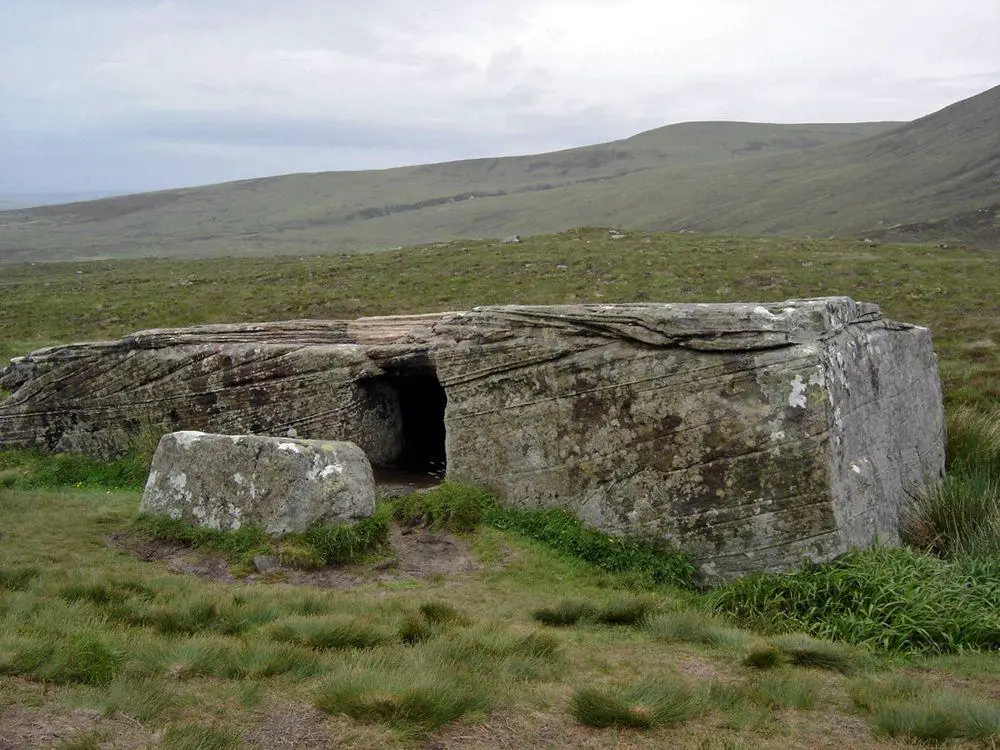
 Highlights
Highlights
Some of the wonders of Scotland are well known internationally but nevertheless, most people do not realize how rich and distinctive is the cultural and natural heritage of this country.
Among the highlights of Scotland can be mentioned:
- Castles. If the United Kingdom has some of the best castles in the world, Scotland has some of the best in the United Kingdom. Much of the effect is created by the expressive scenery around the castles.
- Palaces. Scottish palaces (most of them modestly called – "houses") often are preserved in excellent state. Often these palaces contain very valuable art collections.
- Ancient settlements and megalithic monuments. Scotland is the home of the best-preserved prehistoric architecture north of the Alps.
- Cliffs and sea caves. In many locations of Scotland, the rugged cliff scenery creates a harsh Nordic mood of unique beauty.
Council areas of Scotland
Scotland consists of 32 council areas.
- Aberdeen City
- Aberdeenshire
- Angus
- Argyll and Bute
- Clackmannanshire
- Dumfries and Galloway
- Dundee City
- East Ayrshire
- East Dunbartonshire
- East Lothian
- East Renwrefshire
- City of Edinburgh
- Falkirk
- Fife
- Glasgow City
- Highland
- Inverclyde
- Midlothian
- Moray
- Na h-Eileanan Siar (Outer Hebrides)
- North Ayrshire
- North Lanarkshire
- Orkney Islands
- Perth and Kinross
- Renfrewshire
- Scottish Borders
- Shetland Islands
- South Ayrshire
- South Lanarkshire
- Stirling
- West Dunbartonshire
- West Lothian
Map with the described wonders
If you see this after your page is loaded completely, leafletJS files are missing.
 Top 25 wonders of Scotland
Top 25 wonders of Scotland
Geological wonders
Fingal’s Cave
Argyll and Bute
Highly unusual sea cave, formed by basalt columns and overlaid with an arched roof. Powerful echo effect inside the cave. 85 m long, up to 23 m high.
Smoo Cave
Highland
Combined sea cave and stream cave, 83 m long. At the sea it represents a very impressive, 15 m high and 40 m wide grotto. River enters the cave with a 20 m tall waterfall.
Biological wonders
Loch Ness monster
Highland
This landmark rather belongs in the realm of legends – but it is the most famous legend about a cryptid (legendary, scientifically unrecognized creature) in the world. Nessie is a supposed creature living in Loch Ness – a large lake in the Scottish Highlands. Many consider this to be a surviving reptile similar to plesiosaurs. Attained worldwide fame in 1933 although supposedly mentioned already in the 6th century AD. Numerous search expeditions with state-of-the-art technologies have found some unexplained phenomena but no convincing proof for the existence of Nessie.
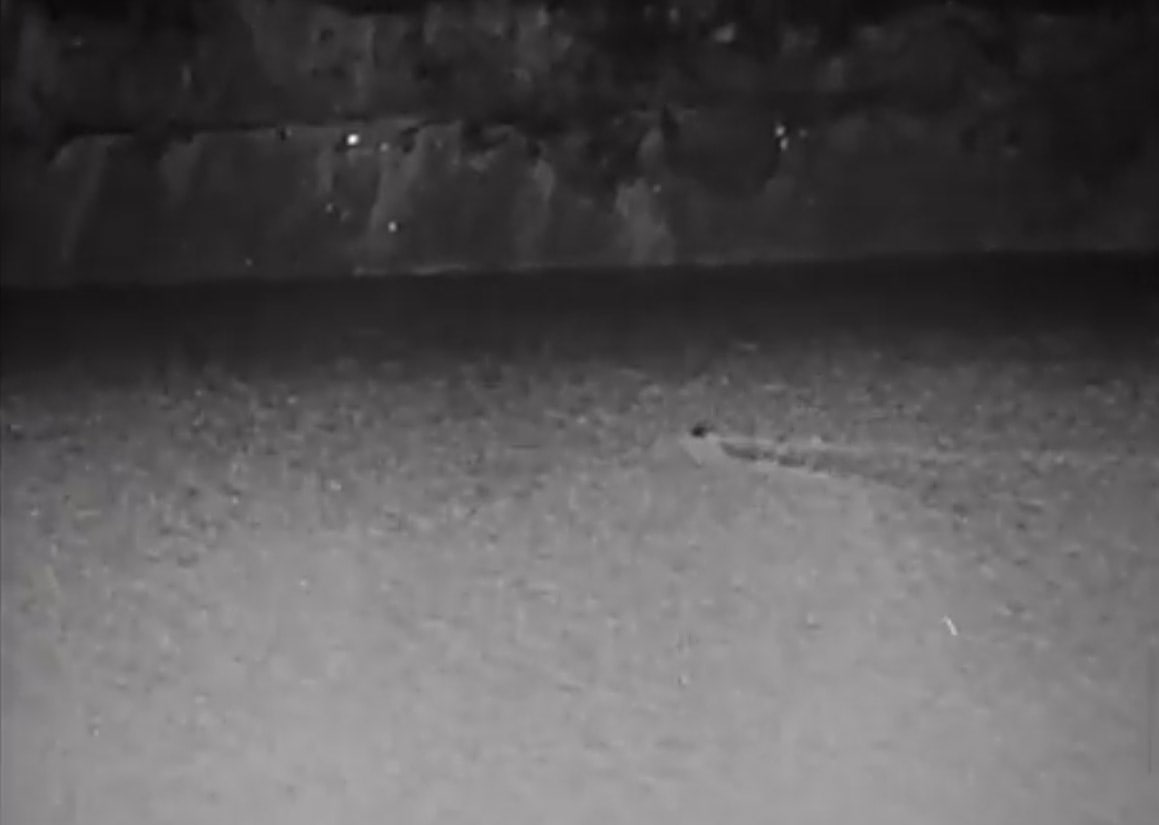
Archaeological wonders
Ring of Brodgar
Orkney Islands
Circle of standing stones inside of a henge. Developed around 2500 – 2000 BC. Northernmost circle henge in Britain. The diameter of the stone circle is 104 m – the third largest in the British isles.
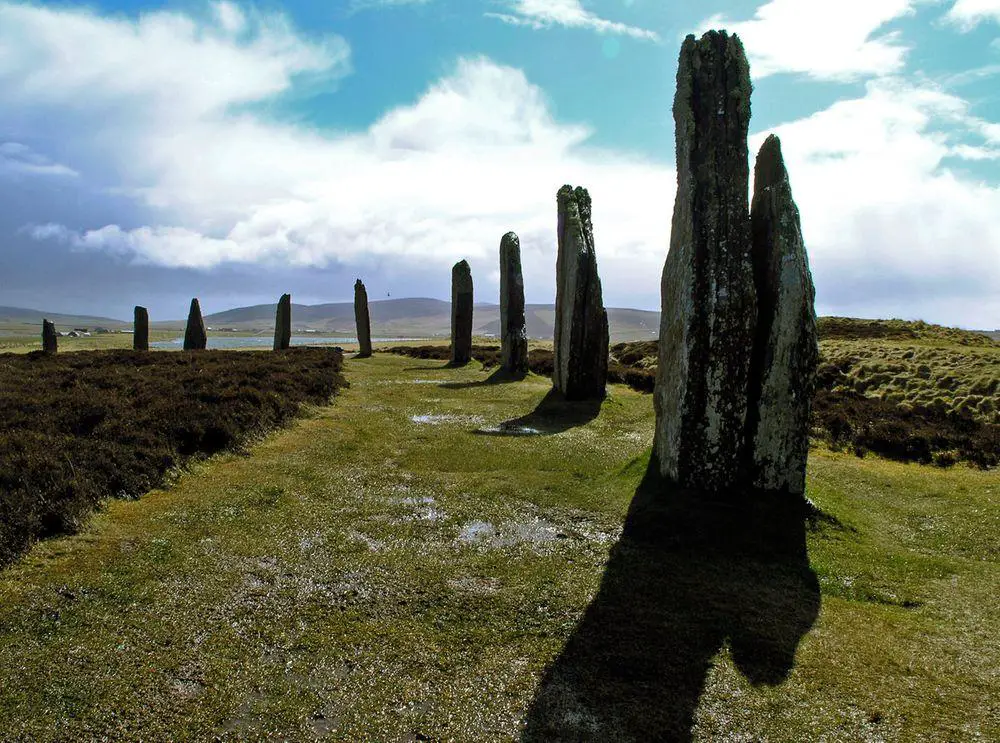
Skara Brae
Orkney Islands
Impressive, extremely well preserved Neolithic settlement. Occupied in 3180 BC – 2500 BC. Remaining ten stone houses.
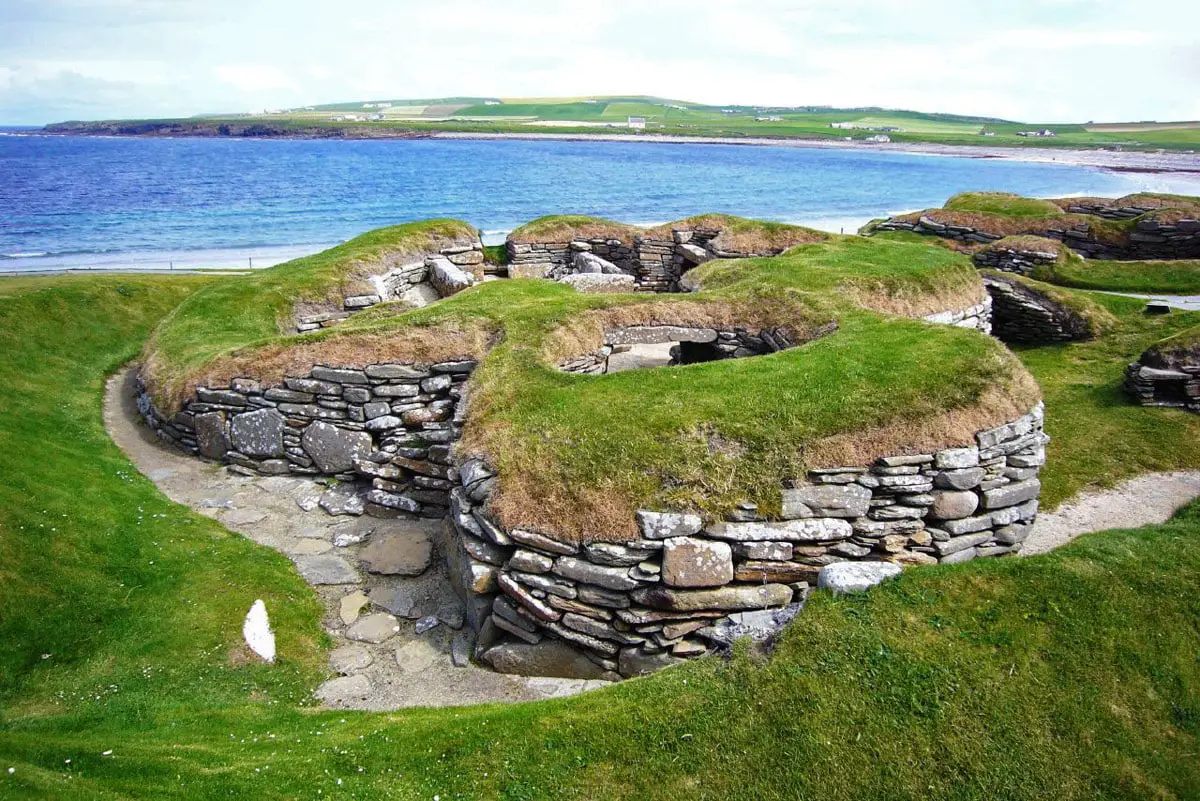
Maeshowe
Orkney Islands
Enormous Neolithic cairn and passage grave. Represents a grass-covered, 7.3 m high and 35 m wide mound with a ditch around it. Inside the mound are passages and a grave built of stone slabs weighing up to 30 t. The rear wall in the central chamber is illuminated on the winter solstice. Built before 3000 BC. Contains numerous runic inscriptions left by Vikings.
Broch of Mousa
Shetland Islands
The best example of a broch: a prehistoric dry stone tower, a great achievement of ancient constructors that was built sometime around 100 BC. Possibly the best-preserved prehistoric structure in Europe. The conical tower is 13 m high and has preserved intramural stairs.
Architecture wonders
Rosslyn Chapel
Midlothian
Construction of the extremely ornate and symbolically rich chapel started in 1456. Recently gained unexpected popularity due to speculative theories regarding Freemasonry and the Knights Templar.
Eilean Donan Castle
Highland
Beautiful medieval castle on an island in the lake, connected to the mainland over a stone bridge from the early 20th century. Originally built in the 13th century to defend from Vikings. Demolished in 1719, restored in 1919 – 1932. Very picturesque structure.
Glamis Castle
Angus
Ancient, legendary castle, inhabited by lords of Glamis since 1372 (although existing before). Exquisite plasterwork ceilings in several rooms. Place, where William Shakespeare’s play Macbeth takes place. Unusual and weird stories about this castle, f.e. a story about the Monster of Glamis – a crippled child kept in the castle away from other people.
Iona Abbey
Argyll and Bute
Once one of the largest religious centers in Western Europe, established in 563. It served as a center for the spread of Western Christianity. 48 kings of different Western European countries are thought to be buried here.
Edinburgh Old Town
City of Edinburgh
This part of Edinburgh has retained a medieval street network and numerous old buildings. Contains numerous underground passages, and very narrow streets. Edinburgh Castle rises above the city, adding special charm. Many buildings are very tall for their time.
Culzean Castle
South Ayrshire
This enormous house was built in 1777 – 1792 on the site of the former castle. Below the castle are sea caves. Stories about ghosts.
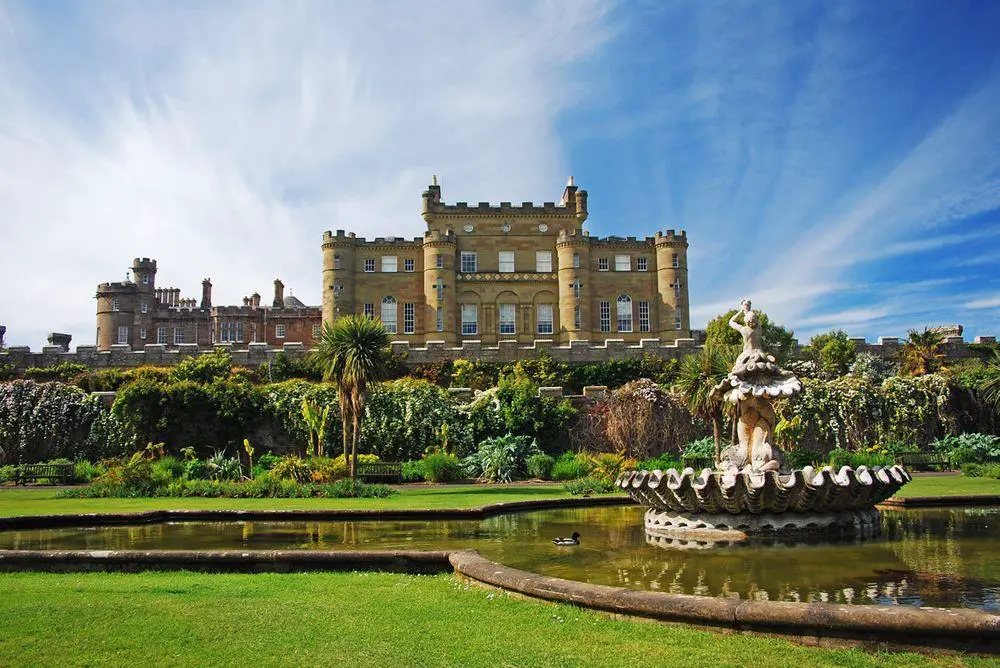
Tantallon Castle
East Lothian
Impressive ruins of a medieval fortress, towering above steep sea coast. Constructed in the middle of the 14th century, in ruins since 1651. Unusual structure, basically consisting of a single, over 15 m tall and 90 m long wall, delimiting a narrow promontory. This old structure together with the rough sea and coastal cliff landscape provides very impressive sights. Stories and images of ghosts.
Duntrune Castle
Argyll and Bute
Possibly the oldest continuously occupied castle in Scotland, built in the 12th century. Curtain wall from the 13th century, and the tower house itself – from the 17th century. Reportedly haunted by piper without hands. During the renovations in the 1950s really found a skeleton without hands.
New Lanark
South Lanarkshire
Industrial village, developed by David Dale – cotton mill owner in 1786. His son-in-law Robert Owen planned the village in such a way as to make the life of workers as happy as it is possible. The village consists of rows of communal houses and public institutions – school and others.
Scone Palace
Perth and Kinross
Palace in late Georgian Gothic style, constructed in 1808, based on earlier structure from the 16th century. Built on the site of ancient gatherings of the Picts and a possible site of an early Christian church. Fine collection of interior items. Here was located the Stone of Scone (now in Edinburgh Castle) – the crowning stone of the early kings of Scotland.
Castle Stalker
Argyll and Bute
Massive four-story keep–tower on a tidal islet on Loch Laich. One of the most picturesque Scottish castles, preserved in its authentic state. A small fort was built around 1320, present structure – around the 1440ies. Abandoned in the 1840ies but repaired in 1908.
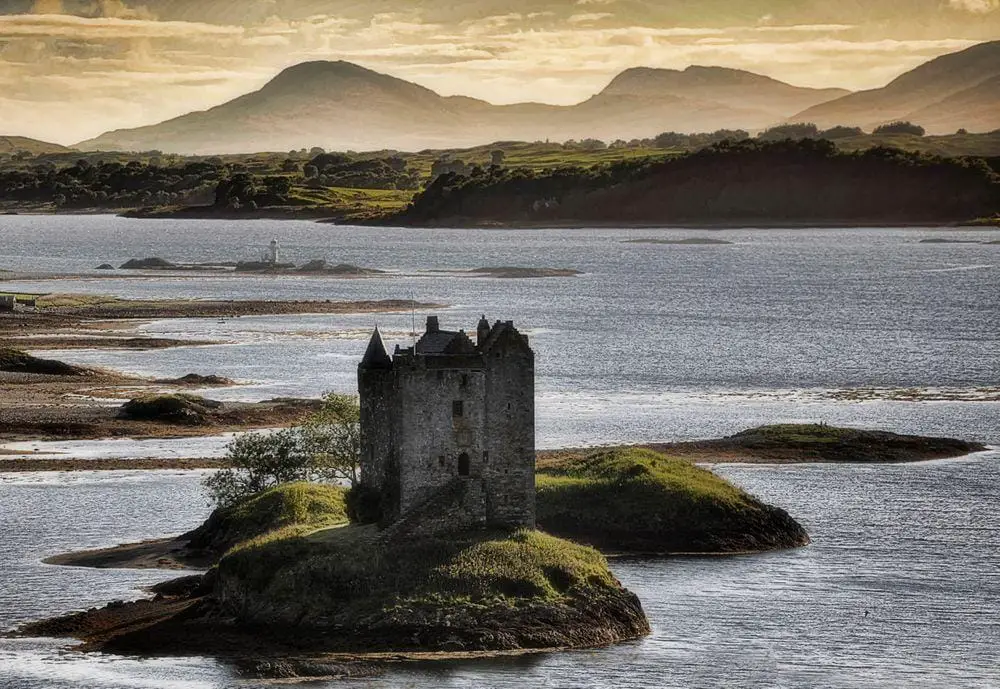
Craigievar Castle
Aberdeenshire
Well preserved, compact castle building. This seven-floor building was started in the early 17th century and completed in 1626. A great example of Scottish Baronial architecture. Adorned with beautiful plasterwork ceilings and other art valuables.
Floors Castle
Scottish Borders
Large country house, built in the 1720s. It is possible that the building includes a late medieval tower house. In the 19th century supplemented with Neo-Gothic turrets and battlements. House has also paintings by Matisse, and Gobelins tapestries.
Kelvingrove Art Gallery and Museum
Glasgow City
One of the great art collections of Europe, housed in a beautiful Spanish Neo-Baroque building. It was constructed in 1901. Most visited museum in the United Kingdom outside London. Art galleries include numerous valuable works of the Italian Renaissance, French Impressionists, and Dutch Renaissance.
Dunfermline Abbey
Fife
Old Benedictine monastery, founded in 1128, now remains just the ruins and an important church building. The magnificent Romanesque–Gothic church was built in 1128 – 1250. In the south and west walls Norman doorways with intricate carvings. Many representatives of the royal family are buried here.
Royal Botanic Garden Edinburgh
City of Edinburgh
Old botanical garden, established in 1670. Very rich plant collections from all over the world, one of the richest herbariums in the world.
Cawdor Castle
Highland
Well preserved medieval tower house, still in use. Some parts of the castle may have been built around 1380, but the main part is constructed after 1454. Initially, it was a tower house, but over the centuries expanded into a large complex of structures. Stories about ghost sightings in the castle.
Fyvie Castle
Aberdeenshire
An impressive castle. Its construction started in 1211 but for the most part, it was built later. Very impressive spiral staircase, collections of armor, and portraits. Site of legends, reportedly haunted.
 Recommended books
Recommended books
DK Eyewitness Travel Guide: Scotland
DK Eyewitness Travel Guide: Scotland is your in-depth guide to this unique country. Explore all that Scotland has to offer, from the streets of Edinburgh to the wind-swept highlands and lochs, from golf trips and whiskey tours to impromptu ceilidhs in cozy pubs.
Rick Steves Scotland
Whether you take the high road or the low road, with Rick Steves on your side, Scotland can be yours!

